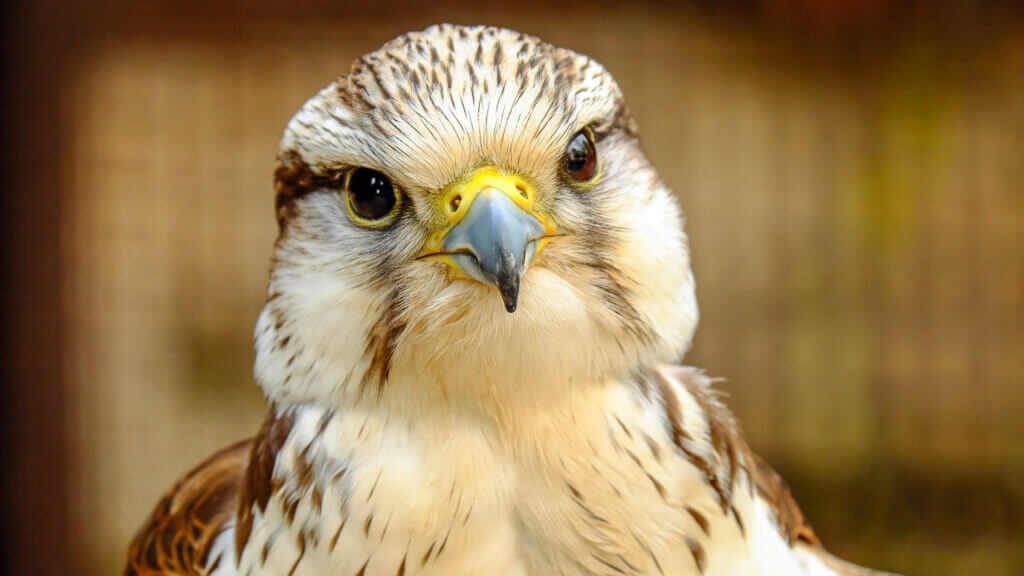Iceland is often described as a paradise for birdwatchers. This is partly due to the sheer number of individual birds who call the country their home for at least part of the year. It is also somewhere that is hard for the twitcher to confuse with anywhere else, thanks to its unique blend of bird species that are usually found in Eurasia or North America, but not both, and in the Arctic or the temperate regions, but not both. In Iceland, you find them all!
The most numerous birds in Iceland are without doubt the seabirds who nest on cliffs and small islands around the country in their millions. A few common species that you will see wheeling around in places like Látrabjarg (Europe’s westernmost point and Iceland’s biggest cliff) include gannets, fulmars, skuas, and the most famous of all: puffins.
Several Arctic Shorex tours offer a good chance of seeing puffins. These include the Reykjanes Peninsula and the South Coast tours from Reykjavík – and especially our Puffins & Elves tour from Seyðisfjörður.
Tourists love puffins, but the favourite bird of Icelanders is probably the golden plover. This unassuming medium-sized bird is loved not for its appearance, but rather for when it appears. Its arrival each year, primarily from the British Isles, is celebrated as a clear sign of spring. It always makes the national news, and people listen carefully for its distinctive call which will waft around the countryside all summer long.
Another favourite bird of the Icelanders is the eider duck, most famous as the source of highly prized eider down. Found all around the Icelandic coast, all year round, many of these distinctive-looking-and-sounding wild ducks have been nesting for generation after generation on the same farms, where farmers provide shelter and protection from foxes in exchange for the down they pluck from their own breast to line their nests. Eider down duvets, cushions, coats and more are extremely valuable luxury goods.
Iceland has a love-hate relationship with the raven. Tenacious, sometimes destructive, and amazingly intelligent, ravens have been a sworn rival of Icelandic farmers for centuries—but residents all over the country, farmers included, are nevertheless charmed by their antics, and their agility on the wing. Ravens are one of the few species that is seen more in towns and villages during winter than during summer, which makes them a constant companion even when most other birds have flown south. People in Iceland quite rightly enjoy the ravens’ wintertime company!
On the rarer side is the national bird of Iceland: the gyrfalcon. This graceful and elusive bird is the largest of all the falcons and has been prized by kings and nobility around the world for centuries thanks to its beautiful appearance and its exquisite hunting skills. Iceland is also home to a couple of owl species and eagles, but birdwatchers consider themselves highly fortunate to spot any of these raptors.
The gyrfalcon’s main prey is the rock ptarmigan, which lives on rocky hillsides and in woodlands around Iceland all year round. Its camouflaged plumage changes colour with the seasons and its hunting is strictly regulated as it is a popular Christmas dish in Iceland but the population size is quite volatile.
Finally for this bird round-up, we look to the trees. And there is good reason for saving songbirds for last, and that is because they are the most recent arrivals to Iceland in significant numbers.
Before the 20th century, there were very few trees left in Iceland but with the expansion of urban and rural tree planting, the habitat became more favourable for perching birds who suddenly found themselves able to survive and to breed. Today, Iceland is home to a good variety of thrushes, finches, tits, and more (though noticeably fewer, still, than most of Europe).


